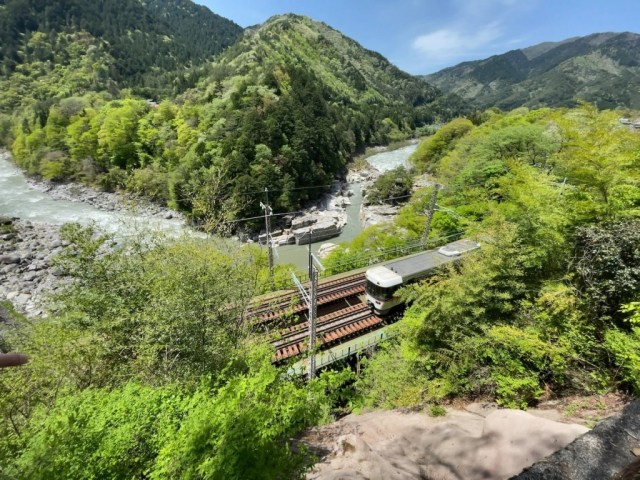
Urashima Taro spent centuries at the sea dragon’s palace at the bottom of the ocean, but this Nagano temple says it’s where the story ends.
One of Japan’s best-known folktales is the story of the fisherman Urashima Taro. As with many legends, the exact details tend to vary from telling to telling, but the unchanging baseline goes like this.
Once upon a time, a young fisherman named Urashima Taro was walking along the seashore when he spotted a group of children antagonizing a sea turtle on the beach. The kind-hearted Taro stepped in and shooed away the naughty children, saving the creature’s life, and in return the sea turtle bestowed upon him a gift. You might recognize this as being almost the same as the opening of Sailor Moon, but instead of superpowers, the turtle instead offered Taro a ride to the palace of the sea dragon, carrying the fisherman on his back to the ocean floor.
▼ “Hop on, dude!”
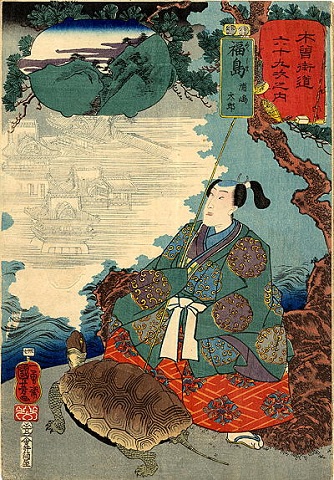
There Taro met the beautiful princess Otohime and spent day after day living a life of luxury. Some say he spent weeks at the palace. Others say years. Eventually, though, Taro began to worry about his elderly mother who he’d left behind in his home village. He decided to leave the palace and return home, but before he left, Otohime presented him with a jeweled box, warning him never to open it.
When Taro returned to his home, however, he found that centuries had passed in the time he’d been at the sea dragon’s palace. Ignoring or forgetting Otohime’s warning, he opened the box, only for all the years he’d been away without aging to come rushing back, instantly transforming him into an old man.
The exact location of the sea dragon’s palace remains a mystery, and multiple parts of Japan claim to be the coastline where Taro’s tale begins. However, on a recent trip to Nagano Prefecture, we found a place that claims to be the spot where Taro opened the jeweled box.
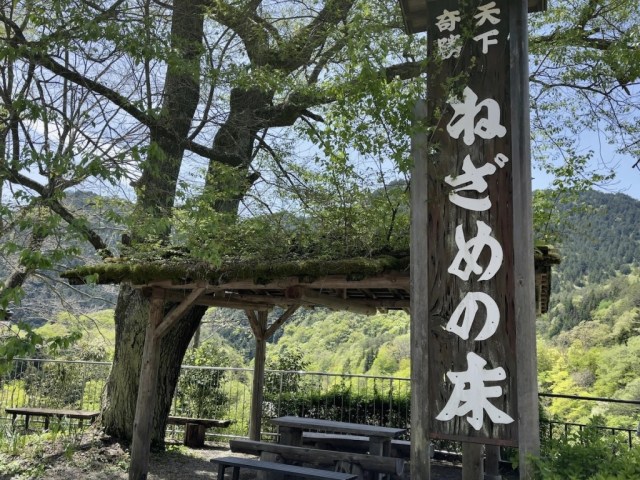
Yes, that’s right, Nagano, known for its mountainous terrain. One of the very few landlocked prefectures in Japan is, supposedly, where Japan’s most famous oceanic legend comes to an end.
The spot is called the Nezame no Toko (寝覚の床), or “Place of Awakening,” alluding to Taro’s time-frozen youth dissipating as though he was waking up from a dream. It’s located in the town of Kiso, along the Kisogaqa River in a section with granite boulders lining the waterway’s banks.

But again, this is very, very far away from the nearest coastline. Really, it’s hard to get much farther away from the ocean in Japan, as you can see on the map here.
So what was Taro doing here? Well, after he returned to his home village and learned that he’d been away at the sea dragon’s palace for hundreds of years, obviously he was unable to reunite with his mother or anyone else he’d known. With the village now filled with people who were complete strangers to him and no familial home, some versions of the story say that Taro set off on a lonely journey, with the jeweled box still closed tight. In time, his travels took him to the Kisogawa River, where the soothing scenery and opportunity to use his skills as a fisherman convinced Taro to make the area his new home, and eventually his curiosity got the better of him and he opened the box.
There’s even a Buddhist temple, called Rinsenji, near the Nezame no Toko that claims further connections to the Urashima Taro legend.
▼ Entrance to Rinsenji
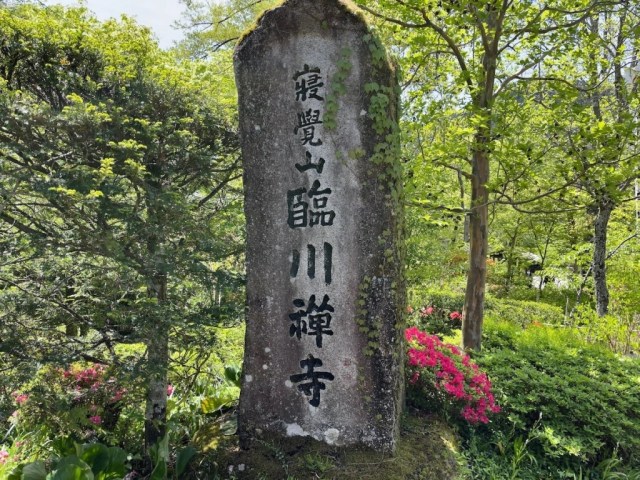
According to the temple, Taro wasn’t immediately aware of what had happened when he opened the box, and it was only when he saw his reflection in the temple’s pool that he realized he’d magically aged into an elderly man.
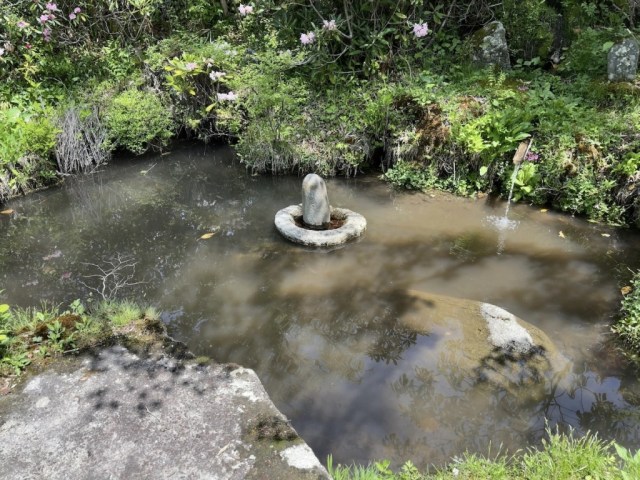
The temple also has a stone statue of a sea turtle…

…as well as a detached Urashima Hall. It’s also said that the temple’s statue of Benten, goddess of arts and music, was donated by Taro himself, and that the temple’s treasure hall contains his personal fishing rods.
▼ The Urashima Hall
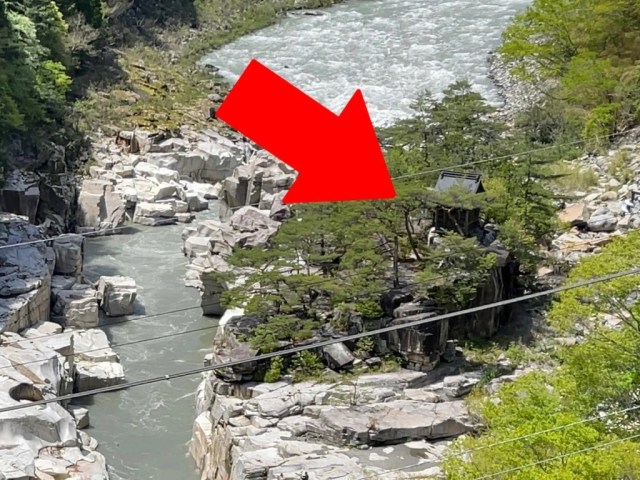
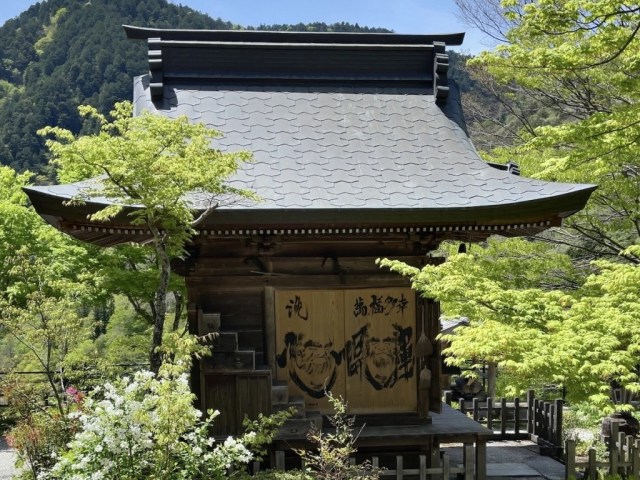
Even on a purely aesthetic level, Rinsenji is a pleasant visit, with the swiftly flowing Kisogawa River providing a dramatic visual and aural background. It’s also part of the Nakasendo historical route that’s the major tourist draw to the Kiso region.
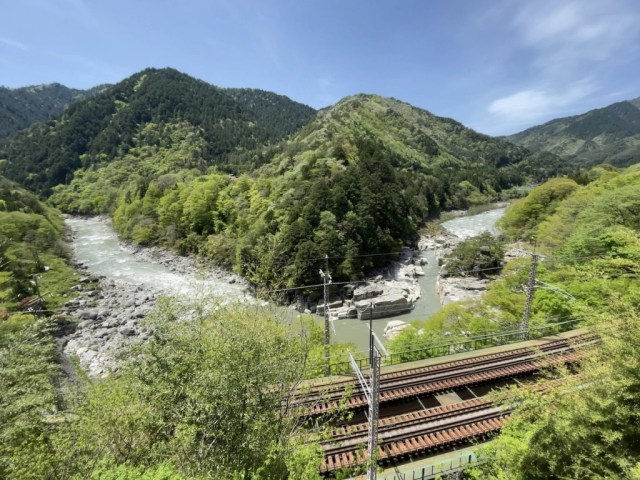
Of course, this isn’t the only way Urashima Taro’s story is said to have ended, as there’s a temple in Yokohama with an alternate version. Still, the Nezame no Toko is a reminder that no matter where you go in Japan, a connection to the past is never very far away…even if you’re a dancing Pikachu.
Temple information
Rinsengi / 臨川寺
Address: Nagano-ken, Kiso-gun, Agematsu-cho, Agematsu 1704
長野県木曽郡上松町上松1704
Website
Reference: Agematsu Tourism Site, Kiso Tourist Federation
Photos © SoraNews24
Urashima Taro image: Wikipedia/Amcaja
● Want to hear about SoraNews24’s latest articles as soon as they’re published? Follow us on Facebook and Twitter!

No hay comentarios:
Publicar un comentario